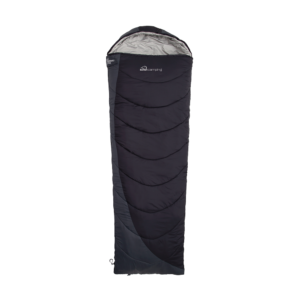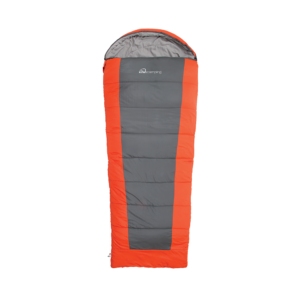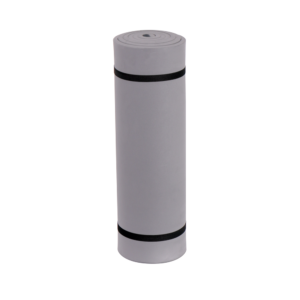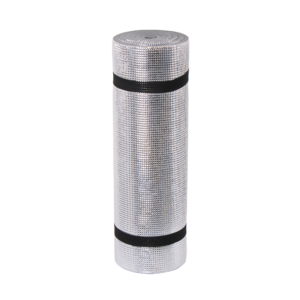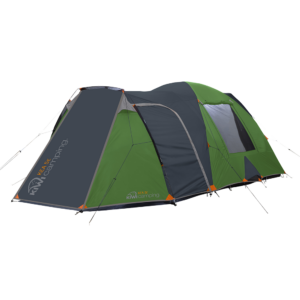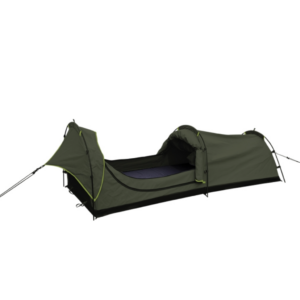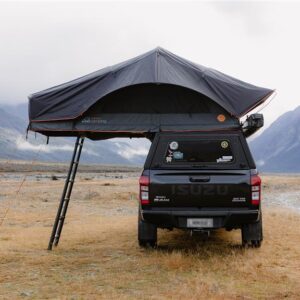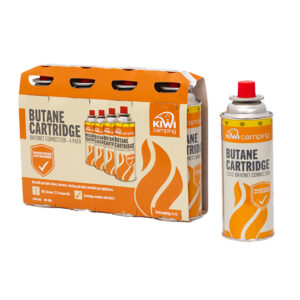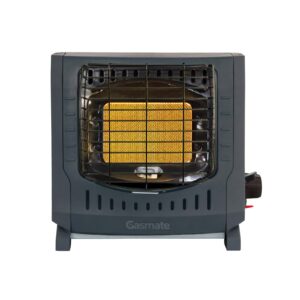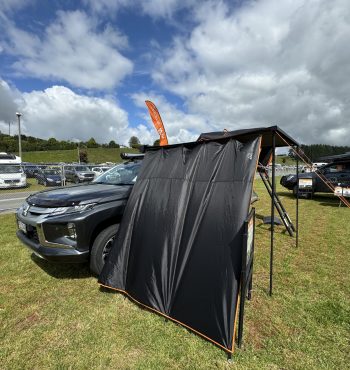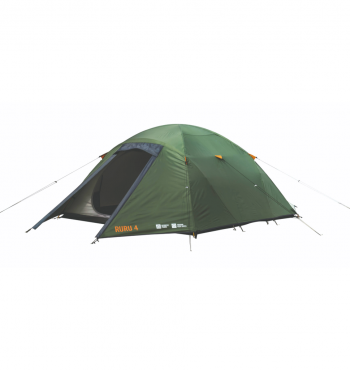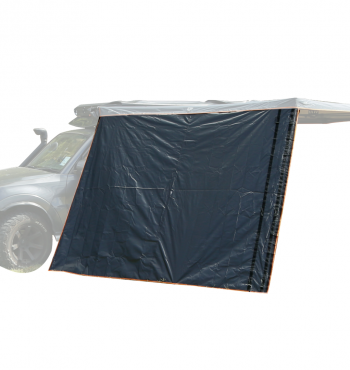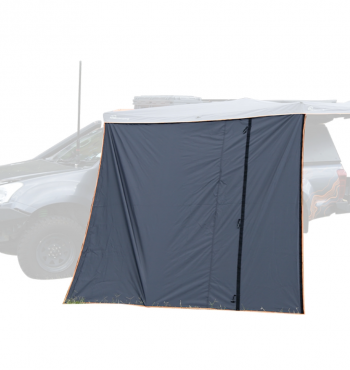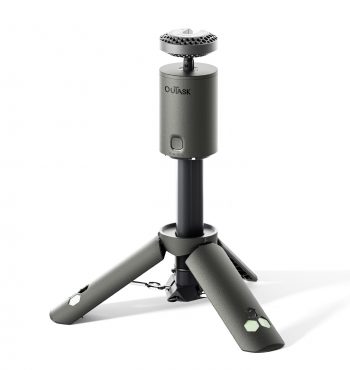How To Nail Winter Camping Adventures: What to bring, and how to stay warm.
How To Nail Winter Camping Adventures: What to bring, and how to stay warm.
How To Nail Winter Camping Adventures: What to bring, and how to stay warm.
Why camp in the cooler months? For starters—the stars! Shorter days and clear skies make for some of the best stargazing of the year. Then there’s the space—no crowds, no queues, just a bit of peace and quiet. And the views? Next level. Winter has a way of transforming your favourite spots, whether you’re beachfront, tucked in the bush, or up in the hills.
If you’re new to cold-weather camping and wondering what gear will keep you (and the kids) warm and cosy, we’ve pulled together a handy guide to get you sorted.
As always, let someone know where you’re heading, check the forecast, and pack for the conditions—and then some. Most importantly, pick somewhere epic and get out there. Trust us- the memories made are well worth it.
BEDDING
If you’re camping in 0°C temps, make sure your sleeping bag is rated lower than the coldest temps you expect. For example, if you’re heading into freezing weather, a bag rated to at least -5°C will keep you comfortable.
Comfort – The temperature at which an average woman can sleep comfortably
Limit – The lowest temperature an average man can sleep through
Extreme – The survival zone (best avoided!)
Avoid breathing into your bag—it creates moisture and can make you colder. Instead, tighten the draft collar and hood to trap warmth, leaving your face exposed. A liner also adds a bit of extra warmth.
Also, don’t forget insulation underneath. Airbeds can get cold fast, so add a foam mat or blanket for extra warmth.
TENTS
When choosing your tent, think about where you’re heading and the conditions you’ll face. If you’re hiking or tramping, you’ll want something lightweight and compact, like our Hiker Tents. Smaller tents are also quicker to set up and easier to heat.
For family camping, look for tents with a higher waterproof rating (like our family tents with an aqua rating) to keep you dry when the weather turns. You might also want extra space for gear or a comfortable living area to stretch out after a day of adventure.
If you’re unsure which tent suits your needs, our Kiwi Camping team or retailer specialists are always happy to help you find the perfect fit for your adventure.
FUEL & COOKING
Whether it’s keeping the crew warm or feeding hungry campers, both kinds of fuel—wood and food—are must-haves when the temperature drops.
Hot meals make a big difference in cold weather, so make sure your cooking setup is winter-ready. We’ve got you sorted with LPG and butane options, plus a range of camp stoves and cookers to suit whatever your setup looks like—from family tents to more compact touring rigs.
If you’re planning on using a campfire, come prepared. Dry kindling or firelighters are your best friend, especially when wood’s damp or hard to come by. Always have a backup heat source like a fire pit or camping heater on hand—just check it’s safe and suitable for your tent or awning space.
Food-wise, think hearty and hassle-free. Hot pots are a great winter go-to—prep your ingredients at home, then simply simmer your broth at camp. Pre-made meals are gold on chilly nights, and don’t forget the tea, coffee or Milo to keep spirits high.
CLOTHING LAYERS
Polyprop is your friend. It keeps you warm, even when wet, and dries quickly. Wool also keeps you warm, but it can get heavy when wet and takes longer to dry. Avoid cotton, as it doesn’t keep warmth when damp. Synthetics or merino are also great thermal insulators. The key? Layer up—start with a good base layer and build from there!
A FEW EXTRA’S
While making your hot cuppa before bed, put some hot (not boiling) water into a sealed plastic bottle and heat up your sleeping bag before getting in.
Keep your drinking water from freezing by using insulated bottle pockets. It’s best if it has a non-spill straw or top, spills will mean wet clothes and that’s hard to fix!
Choose lithium batteries instead of alkaline. Lithium is the only sensible choice in 0° weather, so if you really need that headlamp to work, don’t take alkaline!
Snuggle – You’re warmer if there’s two of you, so get up close! The less cold air coming up through the floor means you’ll both be warmer.
Keep your mobile phone in your sleeping bag with you, if it gets too cold, it may run out of power, and there aren’t too many power sockets in the bush.
Put tomorrow’s clothes in the bottom of your bag too. If you wear a base layer to bed, you can simply get dressed in the warm kit from the bottom of the bag.
Tarp – so versatile! Put it under the tent as a barrier, put it in the vestibule to stop traipsing in mud and water, use it as an extra wind break or water barrier, sit on it
Keep your feet and head warm – now we sound like your mother! Your head and upper chest are five times more sensitive to temperature changes than other areas of our bodies, so keep them covered. When you get really cold, your body sacrifices the blood flow from the extremities first, so keep your feet dry and warm.around the fire.
And most importantly …. don’t forget to tag us in your photos of your ‘cold weather’ camping adventures! #kiwicamping
Shop Our Featured Products
Explore popular and best-selling Kiwi Camping products from across our ranges.

